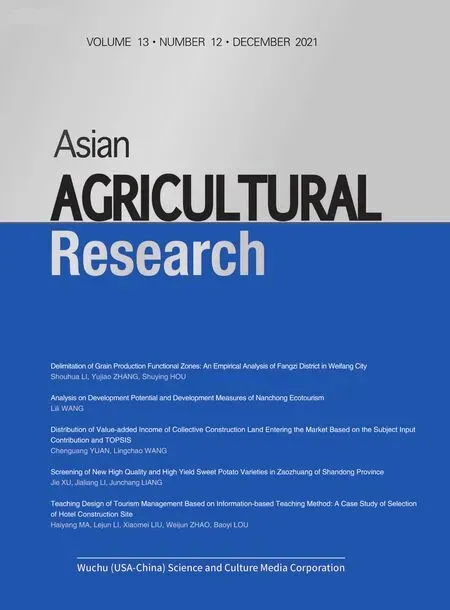Teaching Design of Tourism Management Based on Information-based Teaching Method: A Case Study of Selection of Hotel Construction Site
2021-02-17HaiyangMALejunLIXiaomeiLIUWeijunZHAOBaoyiLOU
Haiyang MA, Lejun LI, Xiaomei LIU, Weijun ZHAO, Baoyi LOU
School of Tourism, Taishan University, Taian 271000, China
Abstract Taking the knowledge points of hotel construction site selection as an example, this paper integrated the information-based teaching method with traditional classrooms. With the aid of virtual reality (VR) technology, the information-based teaching can turn the abstract knowledge into vivid knowledge. Using the Rain Classroom platform, teachers can communicate with students in a better manner. Combined with the powerful spatial data analysis function of geographic information system (GIS) software, it is intended to provide new ideas and perspectives for the effective integration of traditional teaching classrooms and information technology, and effectively apply them to the practical teaching process.
Key words Information-based teaching, Hotel Management teaching, Integration
1 Introduction
In theTen
-Year
Plan
for
Education
Informatization
(2011-2020), it proposed promoting the integration of information technology and teachingto solve the major problem that the application of information technology in education has not been effective for a long term, that is, information technology has not really produced a revolutionary impact on the education development. Information-based teaching is a new teaching model developed through the reform and innovation of educational thoughts, goals, approaches, methods, and means, using modern information technology. It is guided by modern teaching concepts, supported by information technology, and applies modern teaching methods. It brings rich teaching resources and novel teaching methods, promotes the communication between teachers and students, and changes the traditional classroom. Especially, the outbreak of the COVID-19 in the end of 2019 provided the information-based teaching a great opportunity to show its advantages, and its wide-ranging implementation has become a unique line of scenery in the fight against the COVID-19.Since 2020, the core of the development of education informatization in the United States of America has become to improve the scientific research ability of students and improve the teaching efficiency and quality of teachers. South Korea formulated the education informatization development strategy in 1996, and basically realized digital teaching in junior middle schools, high schools and universities, and launched the South Korean Global Education Informatization Development Plan. In 2010 and 2011,Education
and
Technology
Informatization
Development
Plan
(2010-2014) andSmart
Education
Strategy
Plan
(2011-2015) were issued, transforming the 3R (reading, writing, calculation) and skills (reading and calculation) into 7C, the connotation of strategy is becoming richer. At the same time of accelerating the study of advanced information technology methods, Japan also emphasized the need to cultivate students’ information technology application ability, and opened new educational courses to strengthen the combination of information-based teaching methods with traditional teaching methods.In the 1990s, China promulgated and implemented a series of important policies in the field of education informatization, and started to promote the exploration of combining information-based teaching methods with traditional classrooms. As a new type of information technology-assisted teaching, the Rain Classroom platform connects students’ pre-class preview, in-class feedback, and after-class consolidation. It not only enriches the teaching resources, but also strengthens the communication between teachers and students. Teachers can choose and match the tools they are interested in from the Rain Classroom platform to realize the organic unity of "pre-class, in class, and after class". The biggest feature of virtual reality (VR) is immersion and interaction. VR technology can present the environment of the laboratory that could not be operated in reality before, and enhance the user’s feeling and empathy. When used in Tourism Management classroom, it can make the abstract tourism knowledge become concrete, so as to stimulate interest in learning.
With the rise of tourism geographic information system (GIS), the application of geographic information technology in the teaching of tourism subject becomes feasible. GIS technology has multiple functions such as buffer and overlay analysis, spatial query and analysis, three-dimensional visualization, thematic map production, dynamic monitoring, and spatial positioning and navigation. In the Tourism Management teaching, it can effectively improve students’ spatial analysis and reasoning ability, provide students with multiple perspectives to solve spatial problems, change teaching methods, so as to play the role of cognitive subjects.
In this situation, focusing on the existing problems in the process of integrating information technology teaching methods and classroom teaching in China, we analyzed the basis of information technology methods and the high-quality integration of classroom teaching. Taking the hotel construction site selection as an actual teaching case, through the interactive experience function of VR technology, combined with the thematic map, buffer analysis, spatial visualization, overlay analysis and other functions of the GIS software, and the interaction function of the Rain Classroom platform, we discussed the feasible strategies of high-quality integration of information-based teaching methods and Tourism Management classrooms, so as to realize the construction of "new liberal arts". From the consolidation of old knowledge, teaching new courses, evaluation and feedback, using information-based teaching methods, we explored high-quality integration strategies, as shown in Fig.1.
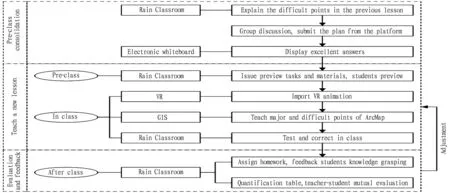
Fig.1 Teaching mode diagram based on information-based teaching method
2 Research methods
In this study, we mainly used literature research method, teaching design case analysis method, and comparative analysis method. After determining the research direction and collecting materials, we integrated the information-based teaching methods with the Hotel Management courses. From the actual teaching design cases, we analyzed how the information-based teaching methods can be integrated with the traditional Tourism Management classroom to maximize the benefits. Besides, we compared the traditional Tourism Management classroom with the Tourism Management classroom integrated with information-based teaching methods, and analyzed the effects of information-based teaching methods, to explore high-quality integration strategies in terms of the actual effect of the class, the lesson preparation of teachers, and the preference of students.
3 Integration of information-based teaching methods and Tourism Management teaching
3.1 Diverse in forms and types but not deep in teaching contents
At present, the rapid development and various forms and types of information-based teaching methods have brought new challenges to high-quality integrated classrooms, such as flipped classrooms, electronic school bag, homework applications, 3D classrooms,etc.
All these mean that teachers’ teaching goals should be no longer limited to classrooms and schools. However, the emergence of various information-based teaching methods has made teachers at a loss. If such teaching methods are all used in the classroom without proper selection, or based on existing teaching cases, just copying various information-based teaching methods, it will not be conducive to the logic of the knowledge system and the depth of the teaching content. Obviously, students will not well grasp the inner knowledge. In addition, with the aid of diversified teaching resources, students’ feeling of freshness has increased, and active discussions in the classroom have enlivened the atmosphere. However, in the high classroom atmosphere, in the process of competing to answer questions, students will pay too much attention to the number of answers to the questions, and it is difficult to have in-depth thinking time, so they will not think deeply.3.2 Unreasonable time allocation in various teaching links
In the process of integrating information-based teaching methods and Tourism Management classrooms, it is necessary to add some teaching links that are not available in traditional classrooms. For example, after experiencing VR technology, there will be interaction of exchanges and discussions. In the process of interaction between the teacher and the students, if the time for exchanges and discussions cannot be reasonably controlled, it will occupy the time for the teacher to summarize and comment. As a result, the knowledge learned by the students cannot be consolidated in time, or even the students do not know the important and difficult points and just blindly exchange with each other. In addition, if the information-based teaching methods are used improperly, it will waste valuable classroom time. Therefore, it is necessary for teachers to reasonably control the time occupied by each link of classroom teaching, to grasp the time in a macroscopic manner, and to make the overall control.3.4 Effective teaching integration model needed to guide the practical teaching
According to the statistics of the high-efficiency teaching methods and activities that teachers in Taishan University like, most teachers selected "integrating online and offline teaching". As for the training courses that teachers hope to receive, most teachers selected the training courses of "combination of information technology and traditional classroom". These reflect that teachers need application guidance that integrates information-based teaching methods with traditional classrooms.4 Application of information-based teaching design taking hotel construction site selection as an example
4.1 Reasons for choosing the hotel construction site selection
In recent years, the construction of first-class disciplines and first-class courses is paying more and more attention to the comprehensive analysis and problem-solving abilities of students. In this lesson, we selected the hotel construction site selection problem that is related to life. Under the condition of simulating the actual life situation as much as possible, we would guide students to comprehensively consider the location factors of hotel construction site selection, participate in the process of solving simulation problems, and learn about the construction of tourism elements useful to life.
4.2 Analysis of learners
The learners of this lesson are sophomore students. They have a certain cognitive foundation and idea for analyzing problems in the comprehensive analysis of location factors in hotel construction site selection; however, they may have insufficient experience in comprehensive consideration. Therefore, teachers should guide students to analyze problems in a systematic and comprehensive manner.4.3 Case analysis: taking hotel construction site selection as an example
4.3.1
Major and difficult points of teaching. Major teaching points include (i) factors influencing the site selection of hotel construction and (ii) determination of the preferred location. Difficult teaching points include (i) factors influencing the site selection of hotel construction and (ii) comprehensive analysis of the relationship between tourism and hotel construction site selection based on GIS.4.3.2
Teaching methods. Teaching methods include situation creation method, image reading analysis method, teamwork method, and intuitive teaching method.The woman who lies here was so remarkably18 stingy, that during her life she would get up in the night and mew, that her neighbors might think she kept a cat
4.3.3
Teaching process. Part I: Consolidating old knowledge.Teacher activities: (i) setting up a group challenge: what are the six major elements of tourism? what is the status of hotel construction among the six elements? (ii) publishing related questions on the Rain Classroom platform and sending them to students through the tablet; (iii) displaying students’ excellent answers on the electronic whiteboard and summarizing the answers, and selecting the best group.
Student activities: (i) thinking independently, then making group discussions, and the group leader summarizes; (ii) uploading answers on the Rain Classroom platform within the specified time; (iii) consolidating old knowledge.
Part II: Teaching new lessons (Table 1).

Table 1 Process of teaching new lessons
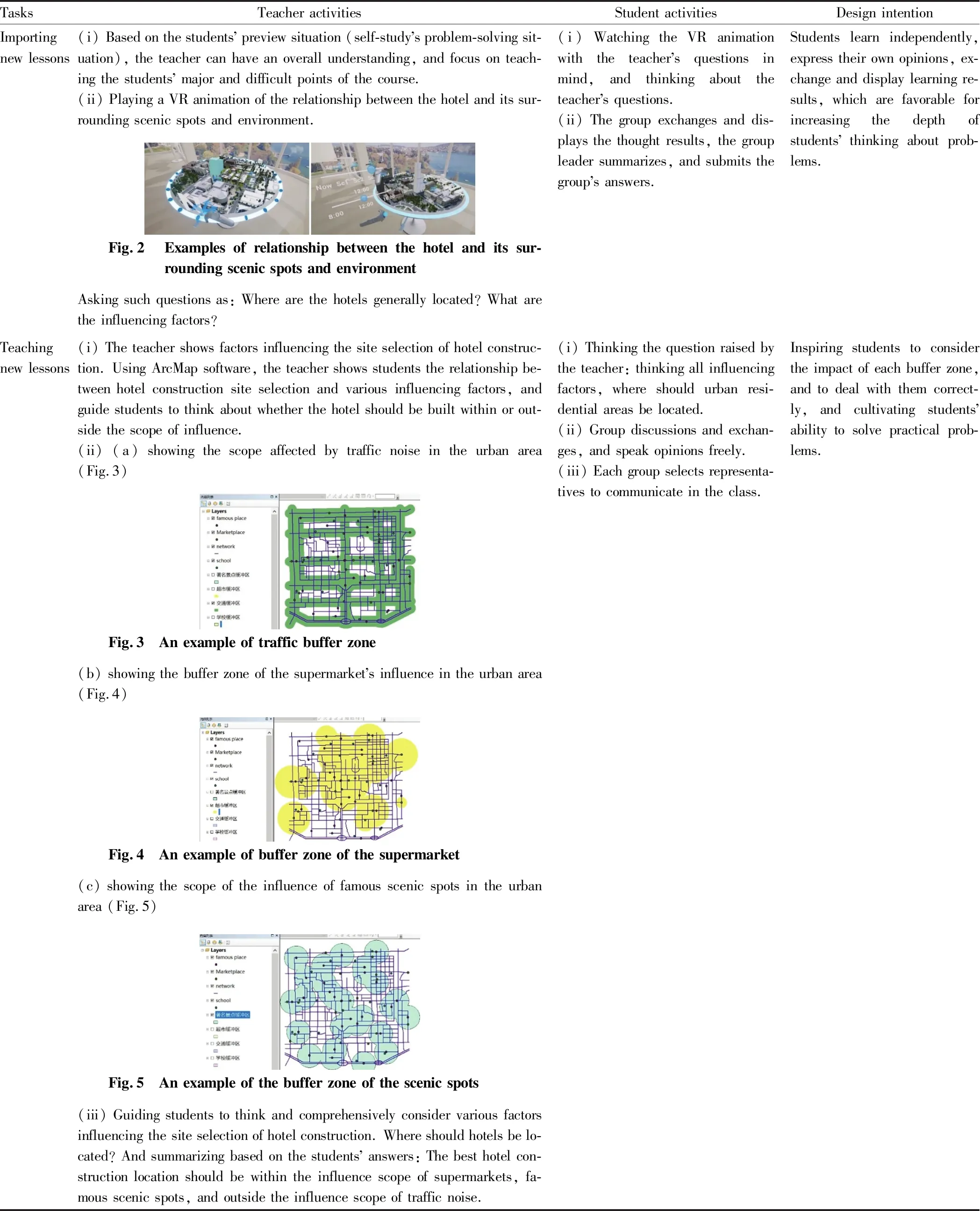
(To be continued)
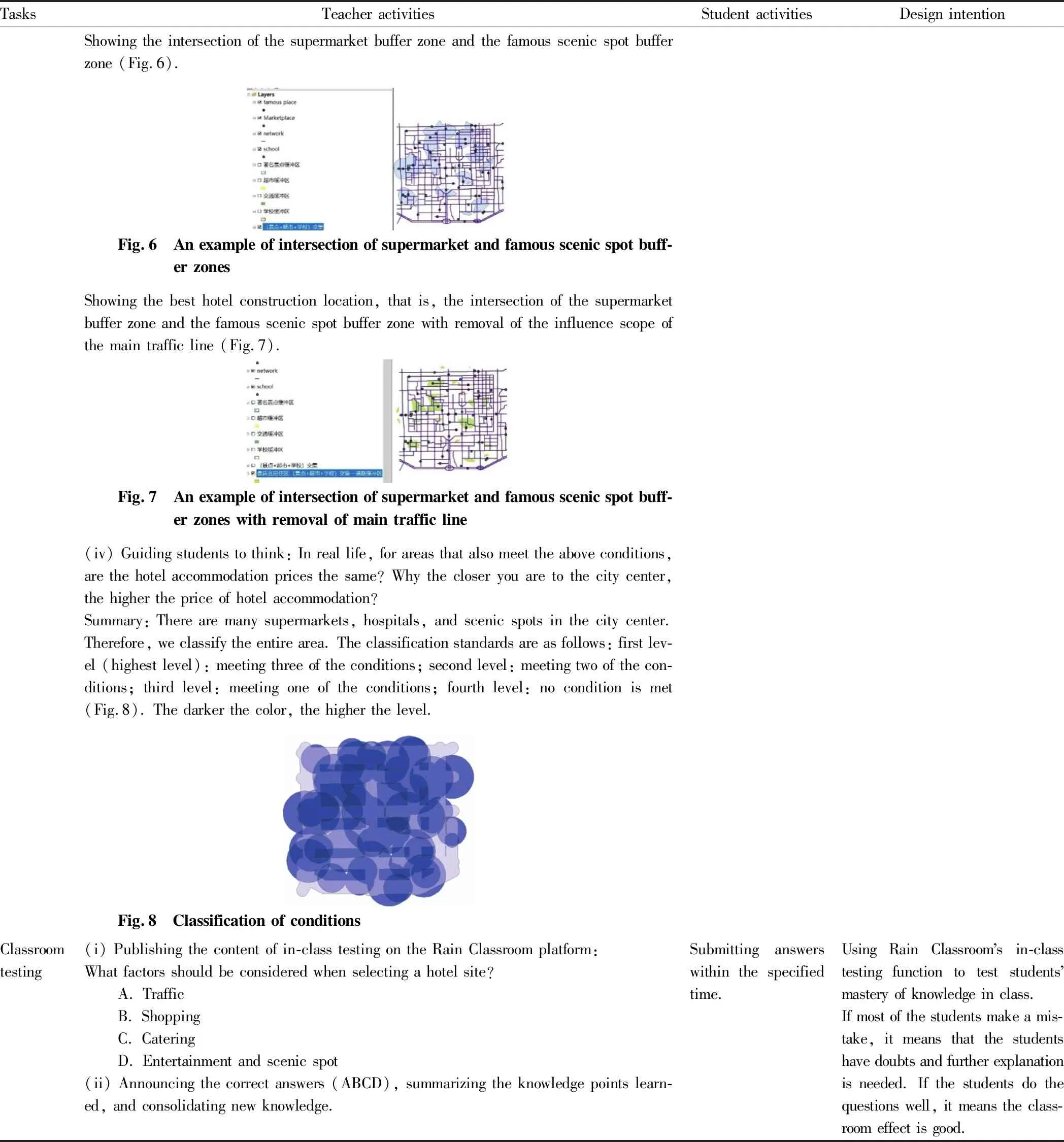
(To be continued)
Teacher activities: (i) assigning homework on the Rain Classroom platform; (ii) sending the quantification table to the student tablet; (iii) evaluating the groups and members.
Student activities: (i) completing homework within the specified time; (ii) scoring the class according to the actual situation; (iii) obtaining comments of the teacher.
Design intention: (i) students can consolidate the knowledge learned; (ii) the teacher can get prompt feedback from students on the classroom effect, which is favorable for timely adjustment of teaching activities; (iii) the teacher can guide students to reflect on the class and adjust their class status and listening methods in time.
4.4 Comparison between classrooms based on information-based teaching methods and traditional classrooms
We compared the classrooms based on information-based teaching methods and traditional classrooms (Table 2).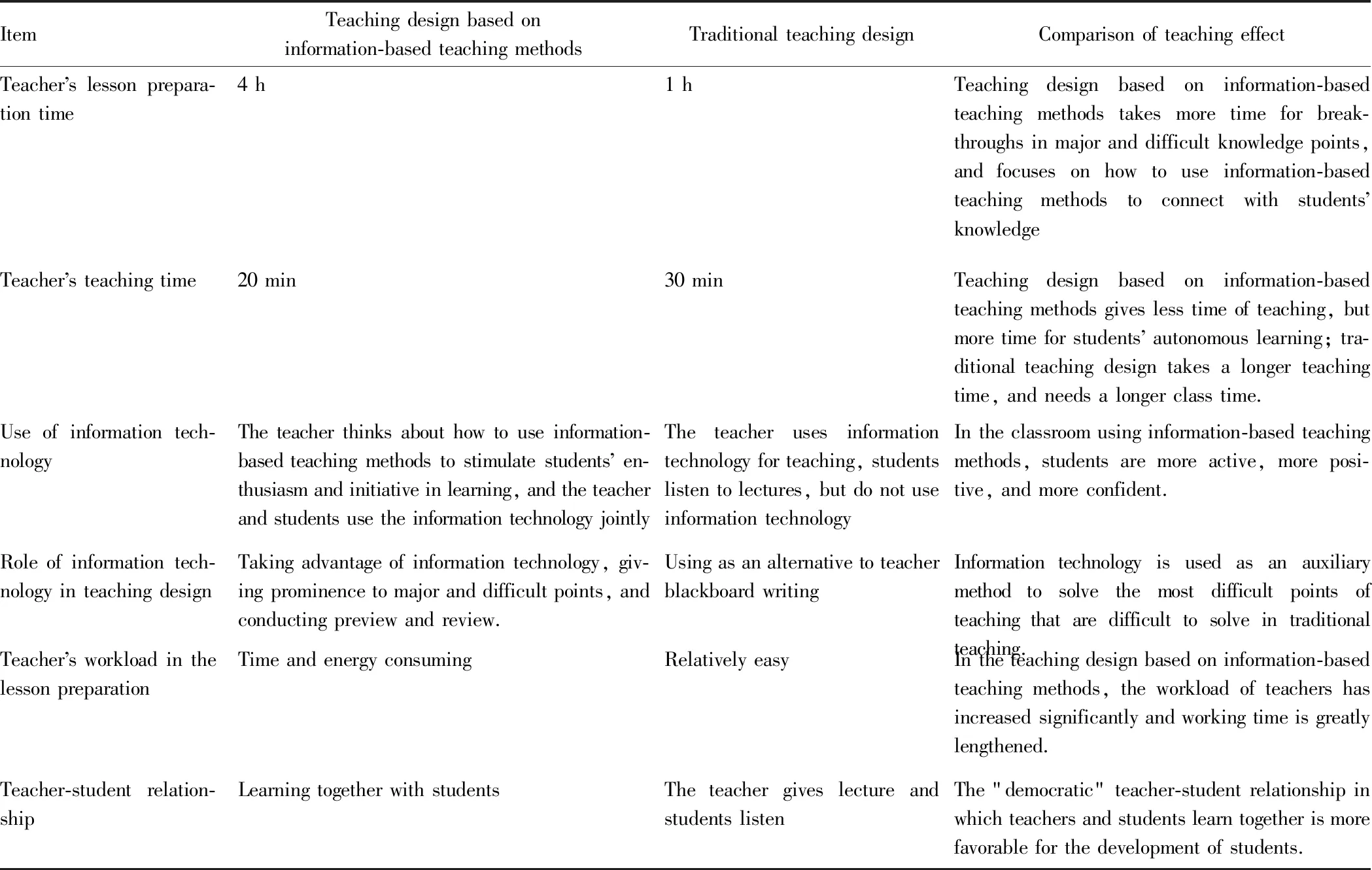
Table 2 Comparison between classrooms based on information-based teaching methods and traditional classrooms
5 Conclusions and prospects
5.1 Conclusions
Applying the spatial analysis function of GIS to the teaching of hotel construction site selection, and integrating information teaching methods and tourism management classrooms are favorable for students deeply understanding the synthesis and analysis process. It is of great significance to use VR technology to explain abstract knowledge in Tourism Management classrooms, and to transform abstract and difficult tourism knowledge into lively and vivid tourism geography knowledge. It can strengthen students’ perceptual knowledge, so as to transition to rational knowledge and master knowledge step by step. Through integrating the Rain Classroom platform into the Tourism Management class, it is able to well integrate preview, in-class communication, and after class consolidation, make full use of fragmented learning time, and improve efficiency and effectiveness. In terms of teaching application, the information-based teaching methods apply GIS technology to all aspects of the teaching process, integrate various teaching resources inside and outside the classroom, school, and society, and enrich the content of the Tourism Management classroom. It can let students feel that the development of GIS technology makes the tourism classroom more lively and interesting, vivid and easy to understand, and change the way of thinking about understanding nature and society. At the same time of providing more learning media, organizing students to participate in the classroom and fully discussing and expressing their opinions are favorable for the democratization of education and the development of students’ innovative thinking.5.2 Prospects
At present, various information-based teaching methods have been gradually entering the teaching classrooms of colleges and universities, but there are relatively few teaching cases and teaching researches. There are few high-quality integrated classroom resources, and there is still a lot of room for development. The integration of information-based teaching methods with the classrooms of various disciplines is a path that teachers need to explore continuously and also an effective way for teachers to explore high-quality teaching. Teachers should assume their responsibilities, explore high-quality integrated classrooms, enhance the vitality of tourism teaching, and realize the construction of "new liberal arts".杂志排行
Asian Agricultural Research的其它文章
- Research and Application Progress of Silk Fibroin Membranes
- Application Potential of Quinoa as Forage
- The Agriculture-Tourism Integration to Promote the Rural Revitalization: Taking Tea Industry-Agriculture-Tourism in Lishui City as an Example
- Delimitation of Grain Production Functional Zones: An Empirical Analysis of Fangzi District in Weifang City
- Research on the Curriculum Construction by Promoting Teaching Using Competition Based on Bloom’s Taxonomy of Educational Objectives
- Effects of Fermented Nano Chinese Herbal Medicines Replacing Antibiotics on Production Performance and Carcass Quality of Growing-Finishing Pigs
